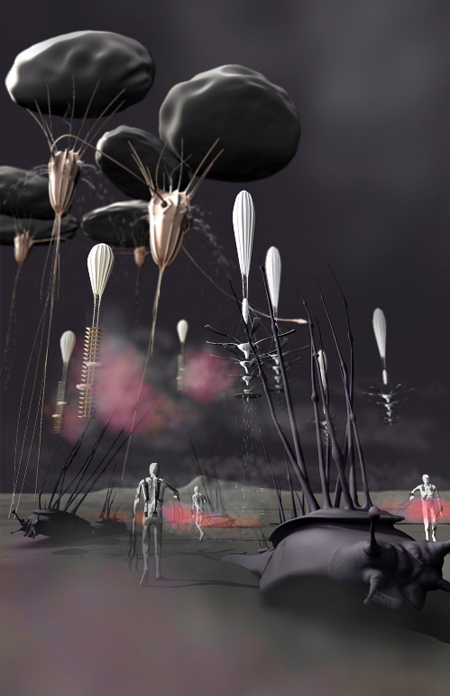
Fig. 1T : Hiker Amplification Proposal One Do not go gentle into that good night, Old age should burn and rave at close of day; Rage, rage, against the dying of the light. -Dylan Thomas, “Do Not Go Gentle into That Good Night” This thesis is a study and promotion of the integration of biotechnology and architecture in the form of, what the academic Marcus Cruz has termed; Neoplasmatic design. Marcos Cruz originally used this term in his doctoral thesis ‘The Inhabitable Flesh of Architecture’. He describes the meaning of the term as utilising design as a method to explore and manipulate actual biological material. He describes the products of this design methodology as partly designed object, partly living material. He also describes them as semi-living entities and bio-architectural composites that sometimes appear as constructed entities and at other times are seen more like living beings (Cruz and Pike, 2008). This thesis will specifically look at the possibilities for the enhancement and transformation of the human condition through the design and development of fictive and non-fictive, Neoplasmatic, telemetric responsive systems. This thesis will look at these responsive systems as a means of highlighting the loss of plasticity in viewing architecture that has occurred during the modern period. The thesis will do this by exploring ways in which all the senses can be engaged to produce a physical, sensual and embodied architectural experience. The loss of being able to find pleasure in architecture through multiple senses has occurred as humans have become more dependent on vision as the primary means of understanding the world. This vision based understanding stems from the predominance of ocularcentric information and communication technologies. Modern architecture has been significantly influenced by this ocularcentrism. Architect Markus Jatsch comments on this ocularcentrism when he states that, Space has become a consumer item, consumed by the tourist’s gaze: a point of view whose primary intention is to >>see<< experiences. Accordingly space is configured in such a way as to facilitate its visual consumption. Space appears less as something that is experienced; rather, it is something people visit in passing and consume without considering, all around them, the daily lives of those who use it. Our modern >>life on the move<< produces the spaces of the contempory city that Marc Auge calls >>non-places<<. What characterizes these spaces is that passers-by pass through them, so that participation in space becomes a simple act of viewing (Jatsch, 2004, 15). At the root of the problem however is the prevailing, underlying philosophical framework which encourages the separation of mind and body. This framework has developed, in modernity, a culture of categorization and boundary making. This could be understood as a culture of ontological hygiene. Architecture is viewed within the confines of this hygienic ontology. It is encaging architecture. This thesis will attempt to erode this ontological hygienic cage by the persuasiveness of representative forms of alternative ways of being. These alternative ways of being will be made possible by the part living, part constructed, responsive systems I design. At its core, this thesis has an aspiration to destabilise the ontological hygiene of Western thought on the possible futures of architecture (Graham, 2002). The design promoted in this thesis could be seen as an alternative to the current modernist and humanist architectural traditions. These architectural traditions are constructed, like so many others parts of our lives, by commercial and political factors. It would be naïve to think of architectural design without considering their influence. Therefore this thesis takes the position that our current world view and subsequent systems of power and social organisation are flawed. In this light, the development of a proposition for a new community of humans in a post-industrialised society is an aim. This community will be a new type of people that can be described as Transhuman. What is Transhumanism? Tranhumanism is defined by Young as, …The belief in overcoming human limitations through reason, science, and technology (Young, 2006, p.15). This will be the basis of the philosophy of these fictional other-than-humans. Their architectural experience will reflect this. The ideas that I have mentioned bring into question what it means to be human. What makes us human? It also makes us question our relationship to technology, and specifically the technology known as architecture. As traditional architectural modes of practice are attacked from ever increasing angles, for example, climate change, pollution, inequality and aesthetic irrelevance, we are made to question whether making adjustments to the current mode of design is enough. It is time to re-evaluate our architectural trajectory and not just reposition it but move it to an entirely different scale. It is time to look at alternative ways of being, how our understanding of being may affect our architectural preferences and architectural perception, and how a greater understanding of being might be beneficial to the architectural goals we seek. This thesis takes as its goal the production of a point of departure that aims to help set architectural practice on the path to facilitating an ever more vibrant and free humanity.